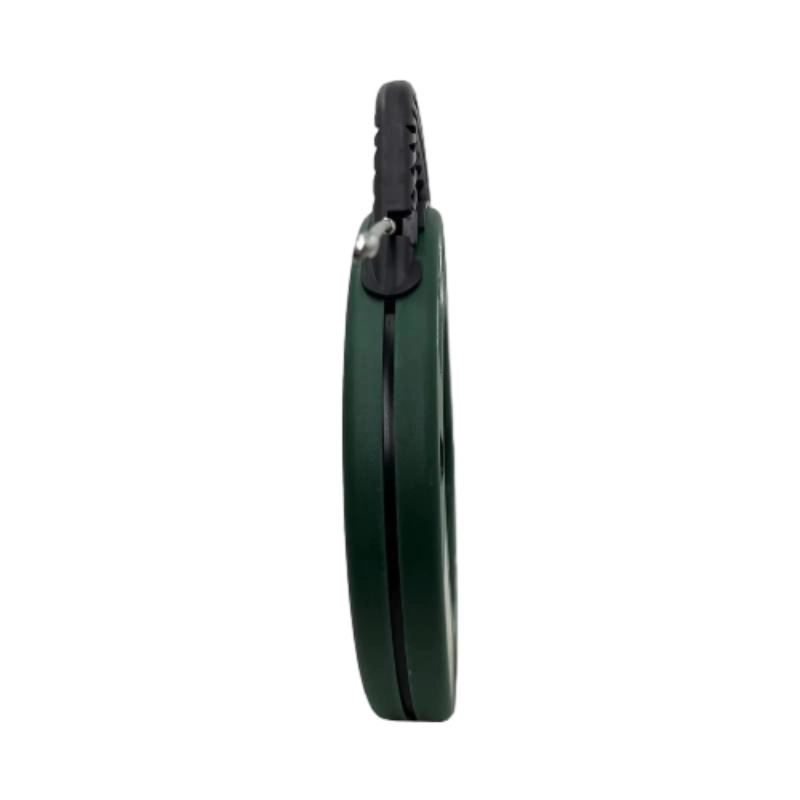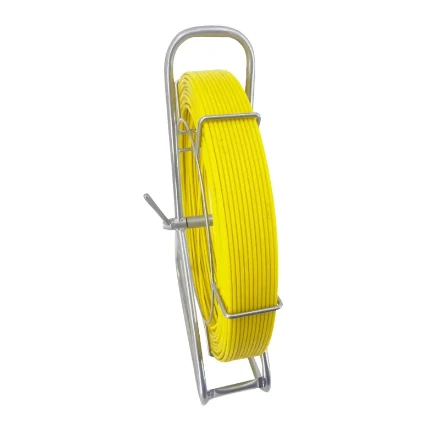
-
 Afrikaans
Afrikaans -
 Albanian
Albanian -
 Amharic
Amharic -
 Arabic
Arabic -
 Armenian
Armenian -
 Azerbaijani
Azerbaijani -
 Basque
Basque -
 Belarusian
Belarusian -
 Bengali
Bengali -
 Bosnian
Bosnian -
 Bulgarian
Bulgarian -
 Catalan
Catalan -
 Cebuano
Cebuano -
 Corsican
Corsican -
 Croatian
Croatian -
 Czech
Czech -
 Danish
Danish -
 Dutch
Dutch -
 English
English -
 Esperanto
Esperanto -
 Estonian
Estonian -
 Finnish
Finnish -
 French
French -
 Frisian
Frisian -
 Galician
Galician -
 Georgian
Georgian -
 German
German -
 Greek
Greek -
 Gujarati
Gujarati -
 Haitian Creole
Haitian Creole -
 hausa
hausa -
 hawaiian
hawaiian -
 Hebrew
Hebrew -
 Hindi
Hindi -
 Miao
Miao -
 Hungarian
Hungarian -
 Icelandic
Icelandic -
 igbo
igbo -
 Indonesian
Indonesian -
 irish
irish -
 Italian
Italian -
 Japanese
Japanese -
 Javanese
Javanese -
 Kannada
Kannada -
 kazakh
kazakh -
 Khmer
Khmer -
 Rwandese
Rwandese -
 Korean
Korean -
 Kurdish
Kurdish -
 Kyrgyz
Kyrgyz -
 Lao
Lao -
 Latin
Latin -
 Latvian
Latvian -
 Lithuanian
Lithuanian -
 Luxembourgish
Luxembourgish -
 Macedonian
Macedonian -
 Malgashi
Malgashi -
 Malay
Malay -
 Malayalam
Malayalam -
 Maltese
Maltese -
 Maori
Maori -
 Marathi
Marathi -
 Mongolian
Mongolian -
 Myanmar
Myanmar -
 Nepali
Nepali -
 Norwegian
Norwegian -
 Norwegian
Norwegian -
 Occitan
Occitan -
 Pashto
Pashto -
 Persian
Persian -
 Polish
Polish -
 Portuguese
Portuguese -
 Punjabi
Punjabi -
 Romanian
Romanian -
 Russian
Russian -
 Samoan
Samoan -
 Scottish Gaelic
Scottish Gaelic -
 Serbian
Serbian -
 Sesotho
Sesotho -
 Shona
Shona -
 Sindhi
Sindhi -
 Sinhala
Sinhala -
 Slovak
Slovak -
 Slovenian
Slovenian -
 Somali
Somali -
 Spanish
Spanish -
 Sundanese
Sundanese -
 Swahili
Swahili -
 Swedish
Swedish -
 Tagalog
Tagalog -
 Tajik
Tajik -
 Tamil
Tamil -
 Tatar
Tatar -
 Telugu
Telugu -
 Thai
Thai -
 Turkish
Turkish -
 Turkmen
Turkmen -
 Ukrainian
Ukrainian -
 Urdu
Urdu -
 Uighur
Uighur -
 Uzbek
Uzbek -
 Vietnamese
Vietnamese -
 Welsh
Welsh -
 Bantu
Bantu -
 Yiddish
Yiddish -
 Yoruba
Yoruba -
 Zulu
Zulu


May . 16, 2025 09:37 Back to list
Durable Conduit Fish Tape High-Strength Electrical Wire Pulling Tool
- Essential Mechanics of Modern Wiring Tools
- Breaking Down Performance Metrics
- Material Engineering Breakthroughs
- Leading Brand Analysis
- Customization for Industrial Demands
- Field Implementation Success Stories
- Future-Proofing Electrical Installations

(conduit fish tape)
Essential Mechanics of Conduit Fish Tape Operations
Professional electricians recognize conduit fish tape
as the backbone of efficient wiring installations. This flexible yet durable tool navigates complex conduit pathways with precision, enabling cable pulling through bends up to 90° without kinking. Modern variants feature:
- High-carbon steel cores (75-85 HRB hardness)
- Polymer coatings reducing friction by 40%
- Modular end fittings for multi-tool compatibility
Breaking Down Performance Metrics
Third-party laboratory tests reveal critical performance differences:
| Parameter | Standard Fish Tape | Premium Electrical Conduit Pull Tape |
|---|---|---|
| Tensile Strength | 1,200 N | 2,800 N |
| Corrosion Resistance | 72hr salt spray | 500hr salt spray |
| Minimum Bend Radius | 150mm | 80mm |
Material Engineering Breakthroughs
Advanced manufacturing techniques now produce composite fish tapes combining:
- Glass-fiber reinforced nylon jackets (0.38 friction coefficient)
- Electropolished stainless steel cores
- Thermochromic wear indicators
Leading Brand Analysis
Market leaders demonstrate distinct technical philosophies:
| Brand | Core Technology | Max Pull Force | Warranty |
|---|---|---|---|
| ElectroFlex Pro | Dual-layer PTFE coating | 3,200N | 5 years |
| SteelConduit Master | Spring-tempered alloy | 2,800N | Lifetime |
Customization for Industrial Demands
Specialized projects require tailored solutions:
- Explosion-proof variants for petrochemical plants
- Non-conductive models (10⁹ Ω resistance)
- UV-resistant coatings for solar farm installations
Field Implementation Success Stories
A recent stadium project demonstrated:
"Using polymer-coated electrical conduit pull tape reduced installation time by 35% across 8km of conduit runs, with zero cable jacket abrasion incidents."
Future-Proofing with Conduit Fish Tape Innovation
Next-generation conduit fish tape systems integrate IoT capabilities for real-time tension monitoring and predictive maintenance alerts. These smart tools interface with BIM software, creating as-built documentation automatically during installation.

(conduit fish tape)
FAQS on conduit fish tape
Q: What is an electrical conduit fish tape used for?
A: An electrical conduit fish tape is a flexible tool designed to guide and pull wires through conduits during electrical installations. It simplifies threading cables in tight or hard-to-reach spaces. Its durable construction ensures reliability in commercial and residential projects.
Q: How do I choose the right conduit fish tape?
A: Select a conduit fish tape based on conduit length and wire type—longer tapes suit larger projects, while sturdier materials like steel handle heavy wires. Look for features like a comfortable grip and smooth retraction for ease of use.
Q: Can I reuse a conduit fish tape multiple times?
A: Yes, most conduit fish tapes are reusable if maintained properly. Clean it after use to remove debris and lubricate periodically to prevent rust. Avoid kinking or over-bending to extend its lifespan.
Q: What alternatives exist for an electrical conduit pull tape?
A: If a fish tape isn’t available, use rigid wire rods, nylon pull strings, or even a vacuum with a lightweight pull line. However, these may lack the precision and strength of a dedicated conduit fish tape.
Q: Why does my conduit fish tape keep getting stuck?
A: Sticking often occurs due to conduit bends, debris, or incorrect tape size. Ensure the tape matches the conduit diameter and gently rotate it while pulling to navigate obstacles. Lubricating the tape can also reduce friction.
Latest news
Understanding Earth Wiring and Grounding: Essential Components for Electrical Safety
NewsAug.15,2025
The Ultimate Guide to Cable Pulling Tools and Equipment for Efficient Installations
NewsAug.15,2025
Streamline Your Projects with Advanced Cable Pulling Equipment
NewsAug.15,2025
Simplify Cable Installation with Advanced Cable Pulling Tools and Equipment
NewsAug.15,2025
Essential Guide to Link Sticks and Hot Sticks for Electrical Safety and Line Work
NewsAug.15,2025
Efficient Solutions for Cable Installation: Your Guide to Cable Pulling Winches and Equipment
NewsAug.15,2025








